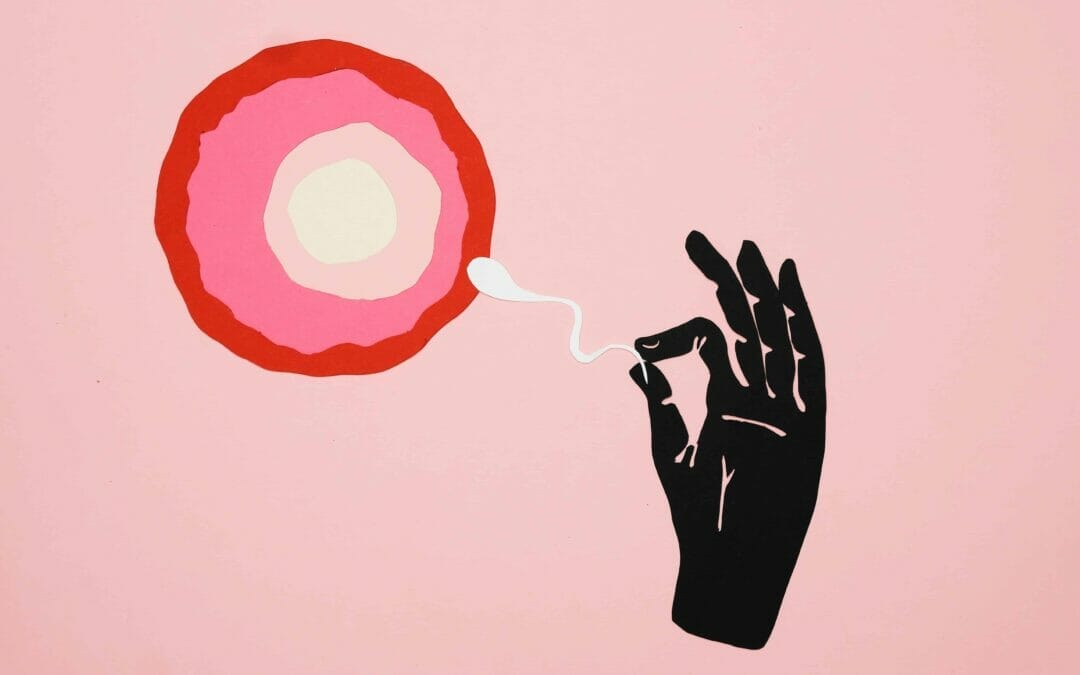Since the 1970’s artificial insemination has been a popular form of fertility treatment for couples trying to conceive. The original technique used for artificial insemination was referred to as Intracervical insemination or ICI. Today’s most common technique is called intrauterine insemination or IUI and is a more effective procedure than the original. Below you can find out more information on artificial insemination and whether it is right for you.
Artificial Insemination Explained
This process, also referred to as AI is a procedure where a sperm sample is taken from the male and artificially placed into the cervix or uterus. Before the treatment the female’s menstrual pattern is monitored closely using a variety of techniques including ovulation kits, blood tests and ultrasounds. The semen is treated in a wash, which concentrates the strongest sperm together to increase the chance of conception. The semen is then inserted into the cervix or uterus and if successful the female becomes pregnant.
The chances of becoming pregnant using artificial insemination depends a lot on what type of fertility issue is preventing a natural conception. Generally there is a 5-25% rate of success per treatment for women who use AI to get pregnant, and these chances increase if the woman uses fertility drugs before the treatment.
How Artificial Insemination Works
These types of fertility treatments use a small tube which is inserted into the woman’s reproductive area. Prior to this the donor or partner sperm is treated in a wash to concentrate the sperm which increases the chances of conception. There are two primary types of artificial insemination – intrauterine insemination (IUI) and intracervical insemination (ICI). These treatments are generally performed at a fertility clinic by a physician who specializes in this field.
Intracervical Insemination (ICI)
This most common form of artificial insemination is a fast and pain free procedure. During ICI the sperm is delivered directly to the cervix, which increases the likelihoos that the sperm will succeed at reaching the egg for fertilization. This procedure is generally more affordable than its counterpart, intrauterine insemination (IUI) and offers a high success rate.
Intrauterine Insemination (IUI)
This is the most common form of artificial insemination by husband (AIH). It is much easier to perform and less expensive than in vitro fertilization (IVF) and is effective in treating some types of infertility. IUI works with ovarian stimulation (fertility drugs) and places the sperm right in the fallopian tubes. Generally this type of treatment is recommended for couples who have unidentified fertility problems, low sperm counts or mobility or cervical mucus issues.
Donor Sperm And Artificial Insemination
Women can use their husband’s sperm for insemination if it is viable, or they can choose to use donor sperm. In this case they will be using Artificial Insemination by Donor (AID) to get pregnant. This process may be needed if the husband’s sperm is not viable or if the female is single and wishes to have a baby on her own.
This type of fertility treatment can also be utilized by couples where the male partner has a genetic disorder, or when more advanced treatments like intracytoplasmic sperm injection (ICSI) is too expensive.
Artificial Insemination Benefits
Human controlled artificial insemination revolutionizes fertility treatments by offering a solution to both male and female infertility. When donor sperm is used the sample can be screened for genetic disorders and diseases to increase the chances of a healthy pregnancy. It also offers an avenue for same-sex couples to get pregnant.
Artificial Insemination Costs
It requires a lot of technical and medical expertise to perform artificial insemination, and as a result it can be a fairly costly procedure. Additionally these types of medical offices fund themselves and focus on making a profit. The fees associated with artificial insemination also include:
- Investigation and diagnosis of fertility issues
- Drug therapy
- Insemination procedure
- Hospital stay
On occasion there can be other charges associated with an artificial insemination treatment, and some clinics can offer financing to make the costs more affordable.
Finding A Fertility Clinic
If you think that artificial insemination could help you get pregnant then your next step is to find a fertility clinic in your area. You may wish to visit a few clinics to talk to doctors and staff about your fertility concerns and to request a plan of action to get pregnant. Read as much as you can about the types of fertility issues couples face and what types of questions you should be asking when you meet with the specialists.

